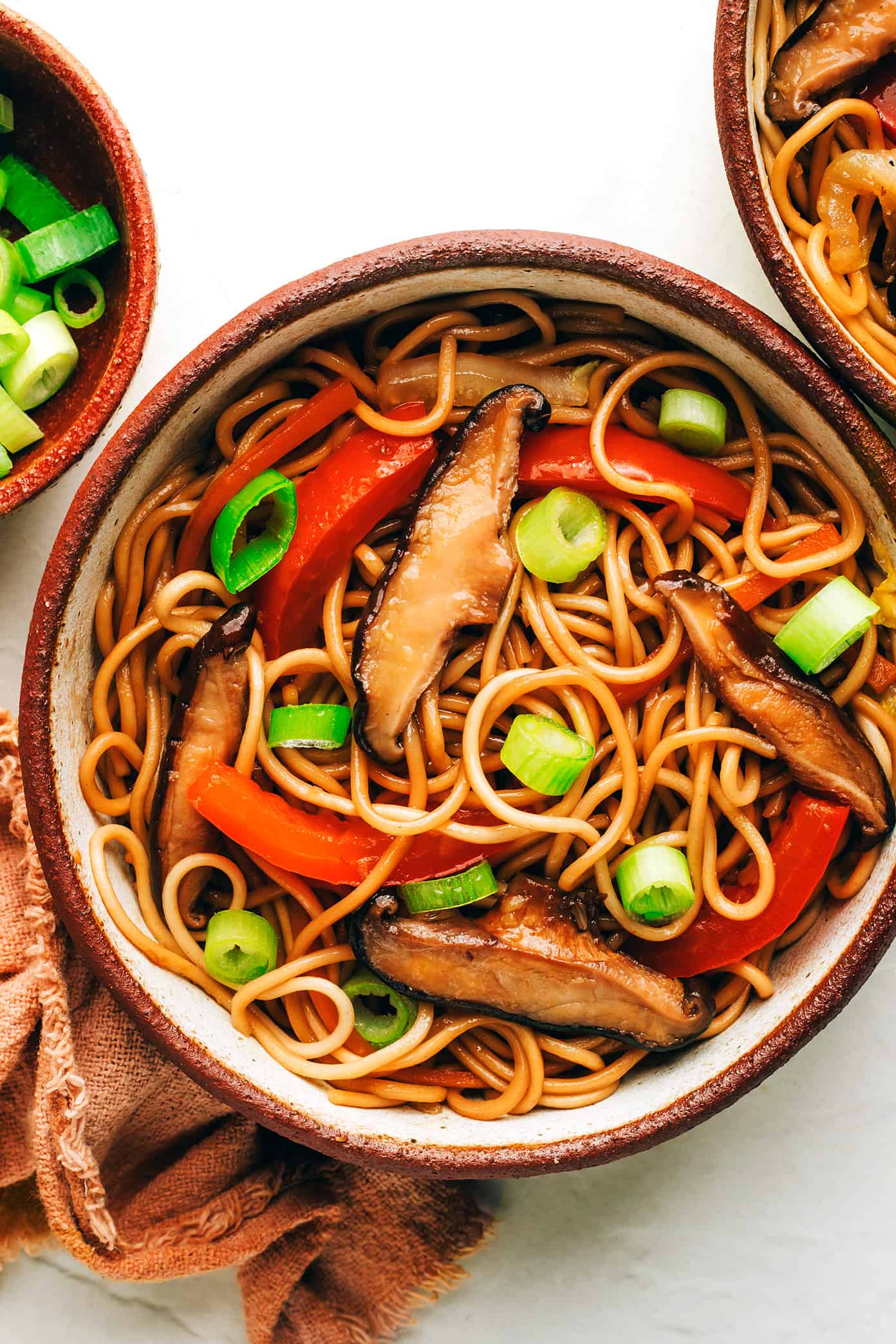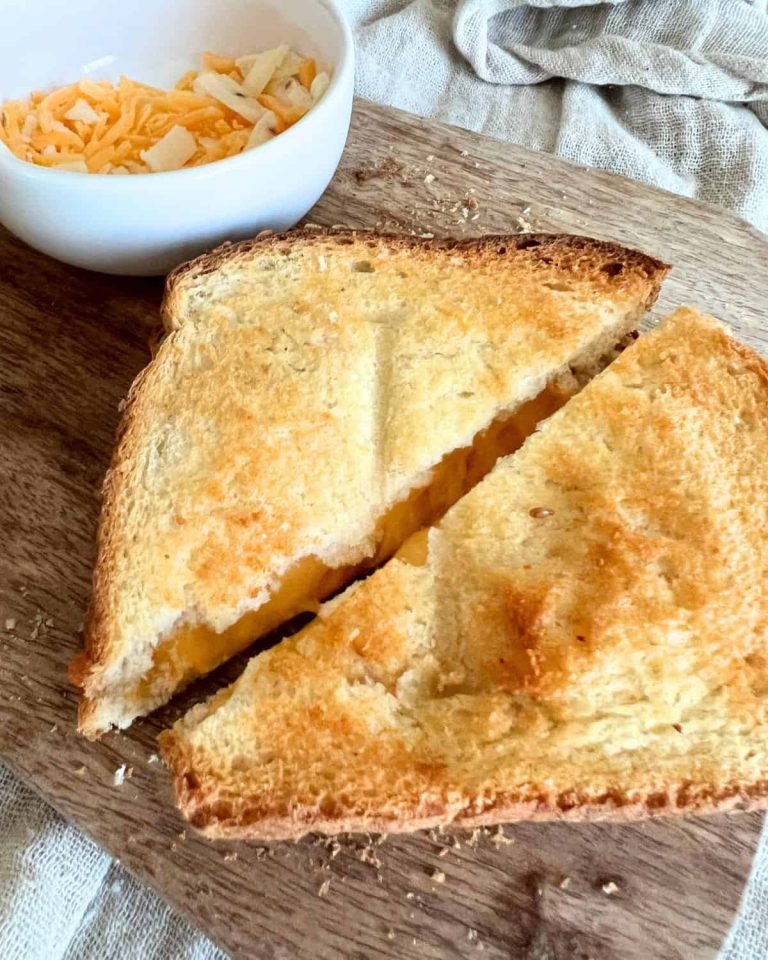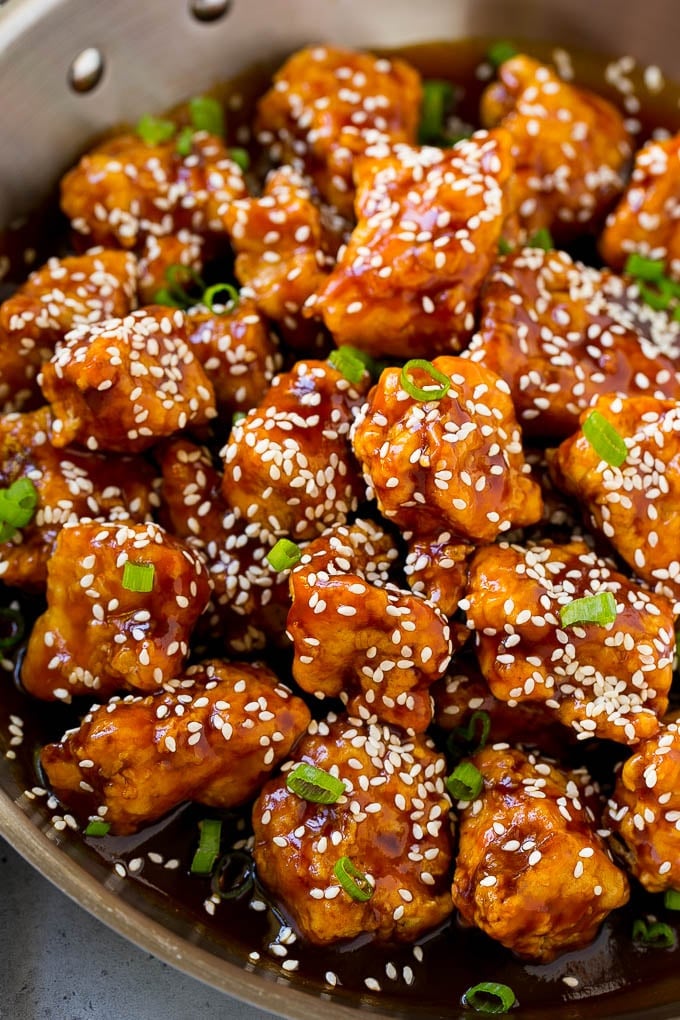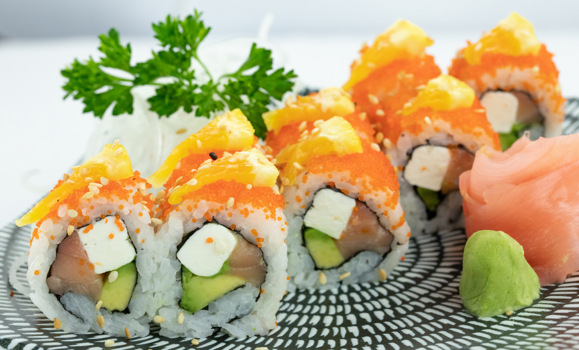Pork Lo Mein: Recipes, Tips, and Variations
Pork Lo Mein traces its roots back to ancient China, where noodles emerged as a staple food over 4,000 years ago. Early records, including the Han Dynasty (206 BCE–220 CE), document the consumption of wheat noodles. This foundational ingredient evolved with culinary techniques, contributing to the creation of lo mein. Traditional lo mein involves tossing boiled noodles with a savory sauce, sautéed vegetables and proteins such as pork. This dish adapted over centuries, embracing regional spices and ingredients.
Regional Variations in China
Different regions in China have distinct versions of pork lo mein. In Cantonese cuisine, chefs often use thicker noodles and emphasize a sweet soy sauce. Northern Chinese versions feature thinner noodles and a stronger garlic flavor. Sichuan-style lo mein might include spicy elements such as chili oil and Sichuan peppercorns. Each variation showcases unique regional tastes, making pork lo mein a versatile and culturally rich dish.
Key Ingredients in Pork Lo Mein
Noodles: The Backbone of the Dish
Noodles form the base of pork lo mein, offering both texture and substance. Wheat-based noodles, either thick or thin, are typically used. These noodles are boiled until just tender, then tossed into the wok for a quick stir-fry. Fresh lo mein noodles (often found in Asian markets) provide the best texture, but dried versions work as well if fresh isn’t available. The noodles absorb the savory sauce, ensuring each bite delivers flavor.
Pork: What Sets It Apart
Pork is a defining component of pork lo mein, providing its signature protein element. Cuts like pork loin or tenderloin are preferred for their tenderness and mild flavor. Thinly slicing the pork allows for even cooking and maximum flavor absorption. Before cooking, marinate the pork in a mixture of soy sauce, Shaoxing wine, and cornstarch to enhance tenderness and flavor. This step ensures the pork remains flavorful and moist during the stir-fry process.
These key ingredients, combined with various vegetables and sauces, create the rich, flavorful dish that is pork lo mein.
How Pork Lo Mein is Made
Cooking Techniques
Begin by selecting fresh, high-quality ingredients. Start with marinating thinly sliced pork in a mix of soy sauce, cornstarch, and a touch of sugar for at least 15 minutes. While the pork marinates, cook the noodles according to the package instructions, ensuring they remain slightly al dente to absorb the sauce better.
Heat a wok or large skillet over high heat. Add oil and wait until it’s shimmering. Stir-fry the marinated pork until browned and cooked through, then remove it from the wok. Add aromatics such as garlic and ginger to the remaining oil. Sauté briefly before introducing vegetables like bell peppers, carrots, and snap peas. Stir-fry until tender-crisp.
Return the cooked pork to the wok and add the cooked noodles. Pour a pre-mixed sauce of soy sauce, oyster sauce, and a splash of sesame oil over the ingredients. Toss everything together until well-coated. Cook for another 2-3 minutes, ensuring the sauce thickens slightly and clings to the noodles. Serve immediately for the best flavor.
Variations and Modern Twists
Customize Pork Lo Mein to suit your taste by experimenting with different ingredients. For a healthier version, use whole wheat noodles and incorporate more vegetables such as bok choy, mushrooms, and broccoli. Substitute lean pork cuts like tenderloin or loin chops for fewer calories and less fat.
Introduce global flavors by adding Thai or Korean elements. For Thai-inspired lo mein, include a splash of fish sauce, lime juice, and a handful of fresh cilantro. For Korean-style, consider gochujang (Korean chili paste) and sesame seeds, imparting a unique umami flavor.
Gluten-free versions swap traditional wheat noodles for rice noodles or zoodles (zucchini noodles). Use tamari instead of soy sauce to maintain the gluten-free status.
Experiment with cooking techniques by grilling the pork for a smoky flavor or broiling it for a crisp texture. Add a fried egg on top to create an extra layer of richness. Embrace these variations while retaining the dish’s essence—Pork Lo Mein remains versatile and suited to diverse preferences.
Nutritional Information
Benefits of Pork Lo Mein
Pork Lo Mein offers a range of nutritional benefits. This dish typically contains protein from pork, vitamins and fiber from vegetables like bok choy and carrots, and carbohydrates from noodles. One serving of Pork Lo Mein often provides around 20-25 grams of protein, essential for muscle repair and growth. The vegetables contribute significant amounts of vitamins A, C, and K along with dietary fiber, which supports digestive health. The carbohydrate content from noodles, approximately 40-50 grams per serving, supplies necessary energy for daily activities.
Considerations for Health-Conscious Eaters
For health-conscious eaters, there are several factors to consider about Pork Lo Mein. Traditional recipes may include high sodium levels from soy sauce and other seasonings, with a typical serving containing 800-1000 mg. To reduce sodium intake, consider using low-sodium soy sauce or alternative seasonings. The dish can also be high in saturated fats depending on the cut of pork used, with leaner cuts like pork tenderloin offering a healthier option. Additionally, using whole-grain noodles instead of refined ones can increase fiber intake and enhance the overall nutritional profile. Finally, incorporating more vegetables can lower calorie density while boosting essential nutrient intake.
Comparison with Other Noodle Dishes
Pork Lo Mein vs. Beef Lo Mein
Pork Lo Mein and Beef Lo Mein share similar bases—noodles, vegetables, and savory sauce. However, the primary distinction lies in the protein. Pork Lo Mein uses pork as its protein source, providing a slightly sweet and tender texture. In contrast, Beef Lo Mein features beef, which has a richer, more umami flavor and firmer consistency.
Preparation techniques differ slightly; pork may require longer marination to tenderize effectively, while beef needs quicker cooking to retain its texture. Additionally, beef often pairs well with robust vegetables like bell peppers and broccoli, whereas pork’s milder taste complements lighter vegetables like carrots and snow peas.
Differences from Other Asian Noodle Dishes
Various Asian noodle dishes differ from Pork Lo Mein in ingredients and preparation methods. For instance:
- Chow Mein: Uses similar ingredients but involves frying noodles until crispy, creating a distinct texture difference. Pork Lo Mein has softer, boiled noodles.
- Pad Thai: A Thai noodle dish uses rice noodles instead of wheat-based noodles and features tamarind paste and peanuts for distinctive sweet and tangy flavors.
- Japchae: A Korean dish uses sweet potato starch noodles and incorporates sesame oil and vegetables like mushrooms and spinach, offering a unique texture and flavor profile.
- Pho: A Vietnamese soup-based noodle dish with broth as the central element. It typically uses rice noodles and combines ingredients like basil and lime for a fresh, aromatic experience.
- Udon: A Japanese dish with thick, chewy wheat noodles served in broth or stir-fried. It focuses on simple, umami-rich flavors often accentuated by soy sauce and mirin.
Understanding these differences enhances your appreciation of Pork Lo Mein’s specific textures, flavors, and cooking techniques.
Conclusion
Pork Lo Mein isn’t just a dish; it’s a culinary journey that spans centuries and regions. Whether you stick to traditional recipes or experiment with modern twists, this versatile dish offers endless possibilities. By mastering the core techniques and understanding its rich history, you can create a Pork Lo Mein that suits your taste and nutritional needs. Dive in and let your kitchen be the canvas for this timeless classic.






